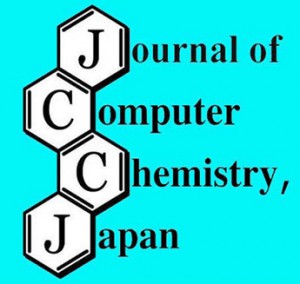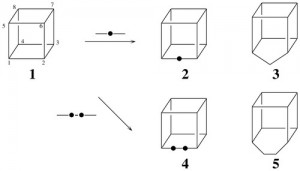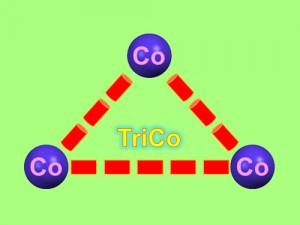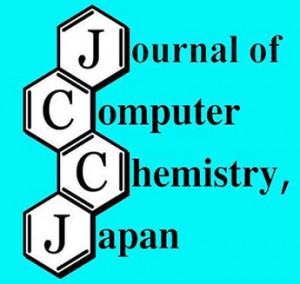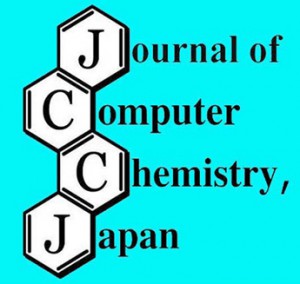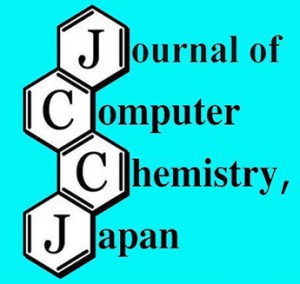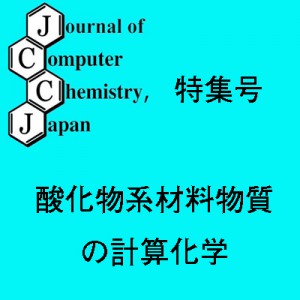[Published online Journal of Computer Chemistry, Japan Vol.14, 186-188, by J-STAGE]
<Title:> Reduced HOMO-LUMO Gapを用いたCNTの電子構造の炭素数依存性の解析
<Author(s):> 森川 大, 野村 泰志, 溝口 則幸
<Corresponding author E-Mill:> 13st309e(at)shinshu-u.ac.jp
<Abstract:> The carbon number dependences of the chemical stabilities the several kinds of carbon nanotubes (CNTs) with unique Clar formula were examined by means of reduced HOMO-LUMO gap. It was found that the distributions of reduced HOMO-LUMO gaps of CNTs are divided into two regions with a border line of reduced HOMO-LUMO gap = about 3.0 and that the dependences on the tube length have distinct characters in the two regions. The difference in the dependences on the tube length is characterized by the existence of the 4n-conjugated circuit and by the existence of the fully-benzenoid structure. It was also indicated that the existence of the fully-benzenoid structure generates chemical instability in CNTs.
<Keywords:> Reduced HOMO-LUMO gap, Clar structure, Fully-benzenoid, Conjugated circuit, Carbon nanotube
<URL:> https://www.jstage.jst.go.jp/article/jccj/14/6/14_2015-0071/_article/-char/ja/
<Title:> Reduced HOMO-LUMO Gapを用いたCNTの電子構造の炭素数依存性の解析
<Author(s):> 森川 大, 野村 泰志, 溝口 則幸
<Corresponding author E-Mill:> 13st309e(at)shinshu-u.ac.jp
<Abstract:> The carbon number dependences of the chemical stabilities the several kinds of carbon nanotubes (CNTs) with unique Clar formula were examined by means of reduced HOMO-LUMO gap. It was found that the distributions of reduced HOMO-LUMO gaps of CNTs are divided into two regions with a border line of reduced HOMO-LUMO gap = about 3.0 and that the dependences on the tube length have distinct characters in the two regions. The difference in the dependences on the tube length is characterized by the existence of the 4n-conjugated circuit and by the existence of the fully-benzenoid structure. It was also indicated that the existence of the fully-benzenoid structure generates chemical instability in CNTs.
<Keywords:> Reduced HOMO-LUMO gap, Clar structure, Fully-benzenoid, Conjugated circuit, Carbon nanotube
<URL:> https://www.jstage.jst.go.jp/article/jccj/14/6/14_2015-0071/_article/-char/ja/

